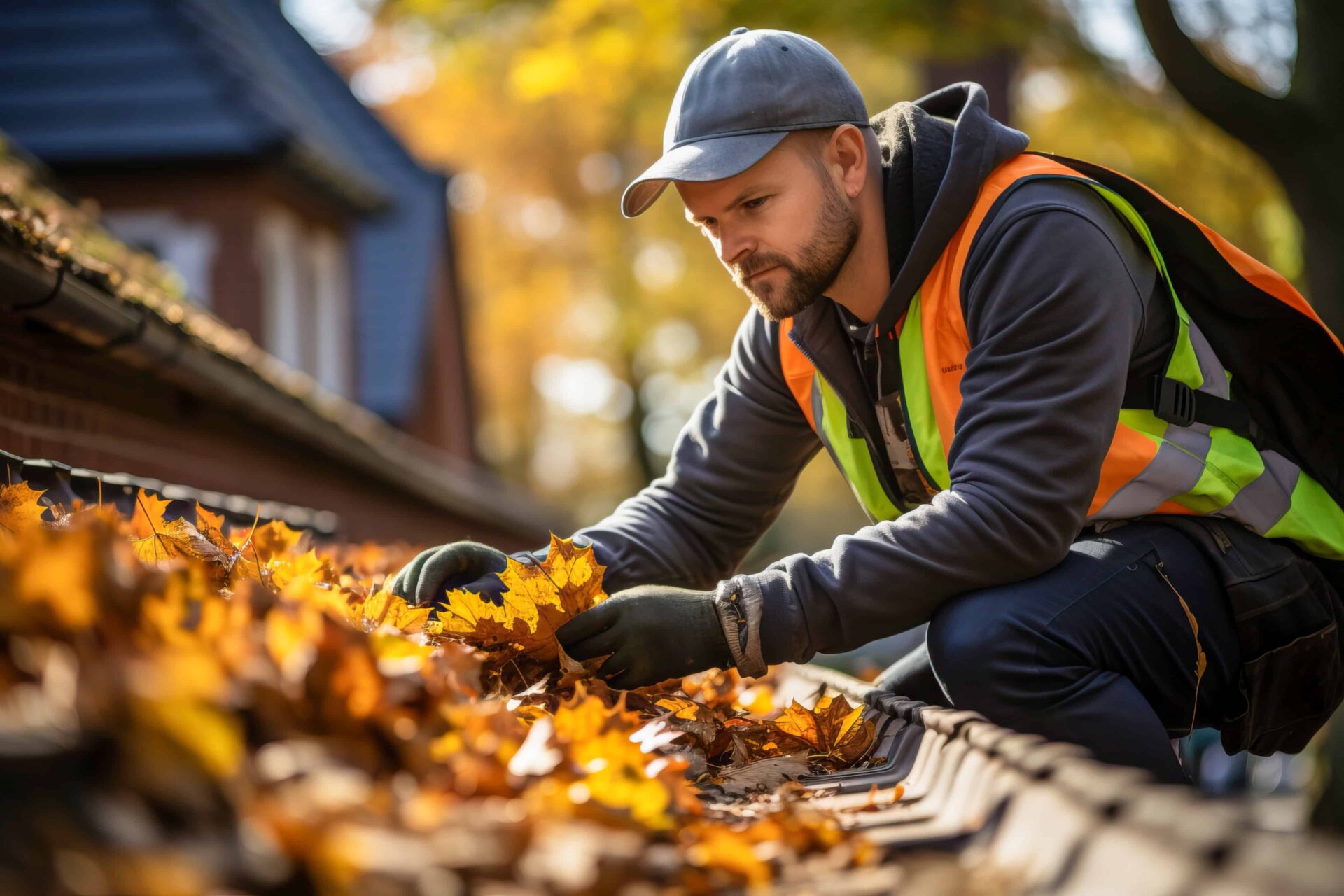Commercial Roof Maintenance for Facilities Managers

Maximize performance, minimize expenses, and protect valuable assets with our commercial roof maintenance checklist. Download now.
A sturdy, reliable roof is crucial for any commercial building. The roof is the main line of defense against harsh elements of nature and is critical in securing a building from intrusion by many pests.
An effective roof maintenance plan is key to keeping a dependable roof over your head and avoiding issues arising from excess moisture introduced into the interior environment. A comprehensive commercial building maintenance checklist for roofs can ensure that upkeep tasks are completed promptly and consistently.
Developing a Commercial Roof Maintenance Checklist
By crafting and following a comprehensive roof maintenance program, you can avoid unexpected business interruptions and costly repairs down the road. When developing a maintenance plan for your commercial roofs, remember these key elements.
- Annual roof inspections
- Seasonal debris removal
- Semi-annual gutter cleaning
- Minor repairs as needed
Inspect the Roof’s Surface
Regularly perform a thorough roof inspection. By catching potential damage and wear to roof materials and rooftop equipment, you can quickly address issues before any real damage occurs. Examine the roof’s surface for cracks, blisters, other damage, and indications of weathering and aging. Identify debris and vegetation growth and promptly clear it from the rooftop.
Check Flashing and Seals
Include flashing and seals around vents, chimneys, and other openings in your rooftop inspections. Make sure all seals are tight and intact. Inspect the flashing for signs of rust or corrosion. If there are any signs of advanced deterioration, replace the affected seal or piece of flashing as soon as possible.
Examine Rooftop Equipment
Include important systems equipment, such as HVAC cooling towers and intake fans, in your rooftop inspection. Ensure equipment is properly secured to its rooftop mounts and that the mountings are sturdy. Inspect for indications of damage or leaking and promptly schedule necessary repairs.
Clean Gutters and Drains
Fall and spring are the ideal times of year to clear gutters and downspouts. Examine rooftop gutters for debris and vegetation buildup. Run water through downspouts to verify there’s no blockage. Ensure all downspouts direct water away from the building’s foundation and toward adequate drainage. Check the property’s drains to ensure they’re clear of debris and vegetation that can reduce their ability to take in water.
Assess Interior Conditions
Inspect interior spaces near the underside of the roof, floors, and pillars. Look for signs of water damage or leaks. Make sure attic spaces and ventilation are adequately insulated. Look for signs of mold and other fungi, and contact a removal service if you find any. A skilled professional must remove some fungi because they pose serious health risks.
Perform Regular Maintenance
Regular preventative maintenance lets you anticipate issues and prevent long-term roof problems. Repair minor damage, such as small cracks and gaps in the roof flashing, as you find it. For issues that may be too in-depth or complex for maintenance staff to handle, consider scheduling a professional for maintaining and performing your commercial roof inspection and repairs.
Document Findings and Maintain Records
Documentation is vital to any effective maintenance program. A thorough historical record of previously discovered issues gives future staff a better understanding of what to check for during roof inspections. Maintenance documentation should contain the following information:
- Keep a record of inspection dates and any issues found.
- Log any repair measures taken to address issues that were discovered.
- Take photos of damage, signs of potential issues, and other areas of concern.
If necessary, schedule a professional to perform major repairs.
Plan for Future Repairs and Replacements
A preventive maintenance program will help extend a roof’s life and lead to significant savings in lost time and money in the long run. When setting up a maintenance plan, it’s important to allocate resources for regular upkeep tasks and prepare for contingencies. These steps help you stay on top of your preventive maintenance goals.
- Account for the roof’s age and condition and plan accordingly.
- Budget for regular maintenance and repairs.
- Put a plan in place for eventual roof replacement when the time comes.
The Importance of Promptly Addressing Small Issues
Don’t dismiss small issues outright. What doesn’t seem too important now can lead to more serious problems down the road. Promptly addressing the little things today can remove the root cause of costly repairs tomorrow. Keep an eye out for minor situations such as these and address them as soon as possible.
- Clogs in the drainage system can lead to property flooding.
- Loose flashing can lead to water infiltrations, which can damage structures.
- Cracks in seals can allow water to enter the building, which can cause damage, discolor surfaces, and foster mold growth
- Ponding water on rooftops can be an indication of inadequate drainage or sagging roof structure.
Streamline Your Commercial Roof Maintenance with ServiceChannel
A solid preventive maintenance program optimizes commercial roof upkeep results, minimizes unexpected costs, and protects valuable assets within the building. A dynamic facility management platform like ServiceChannel offers powerful tools and handy templates like our roof maintenance template to help guard against the effects of time and weather on a rooftop structure.
ServiceChannel offers an array of advanced capabilities, such as maintenance activity scheduling, task management, and data analytics, to improve the efficiency and effectiveness of your maintenance program. Explore the ServiceChannel platform today and bring your organization into the future of facility maintenance.



